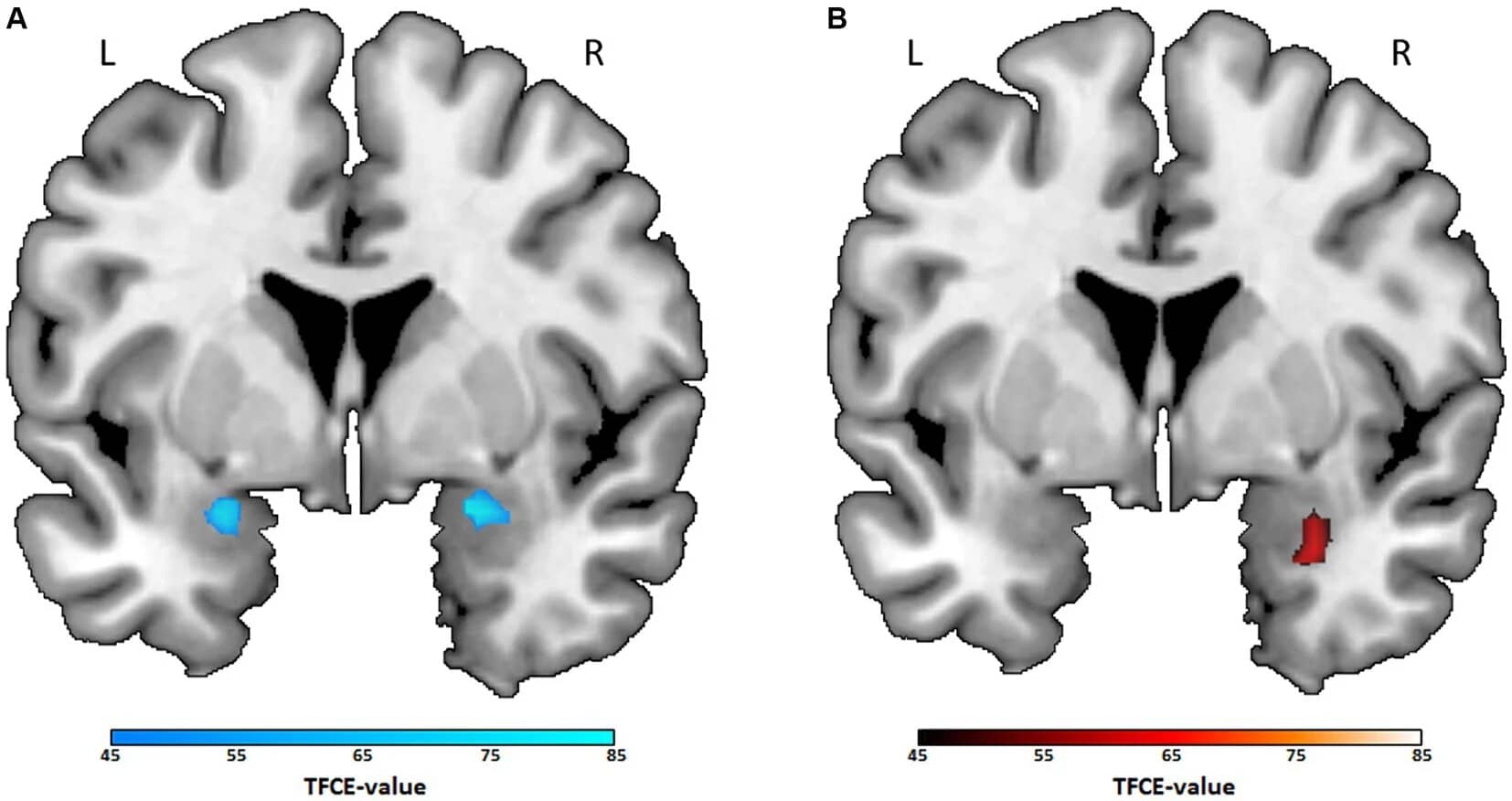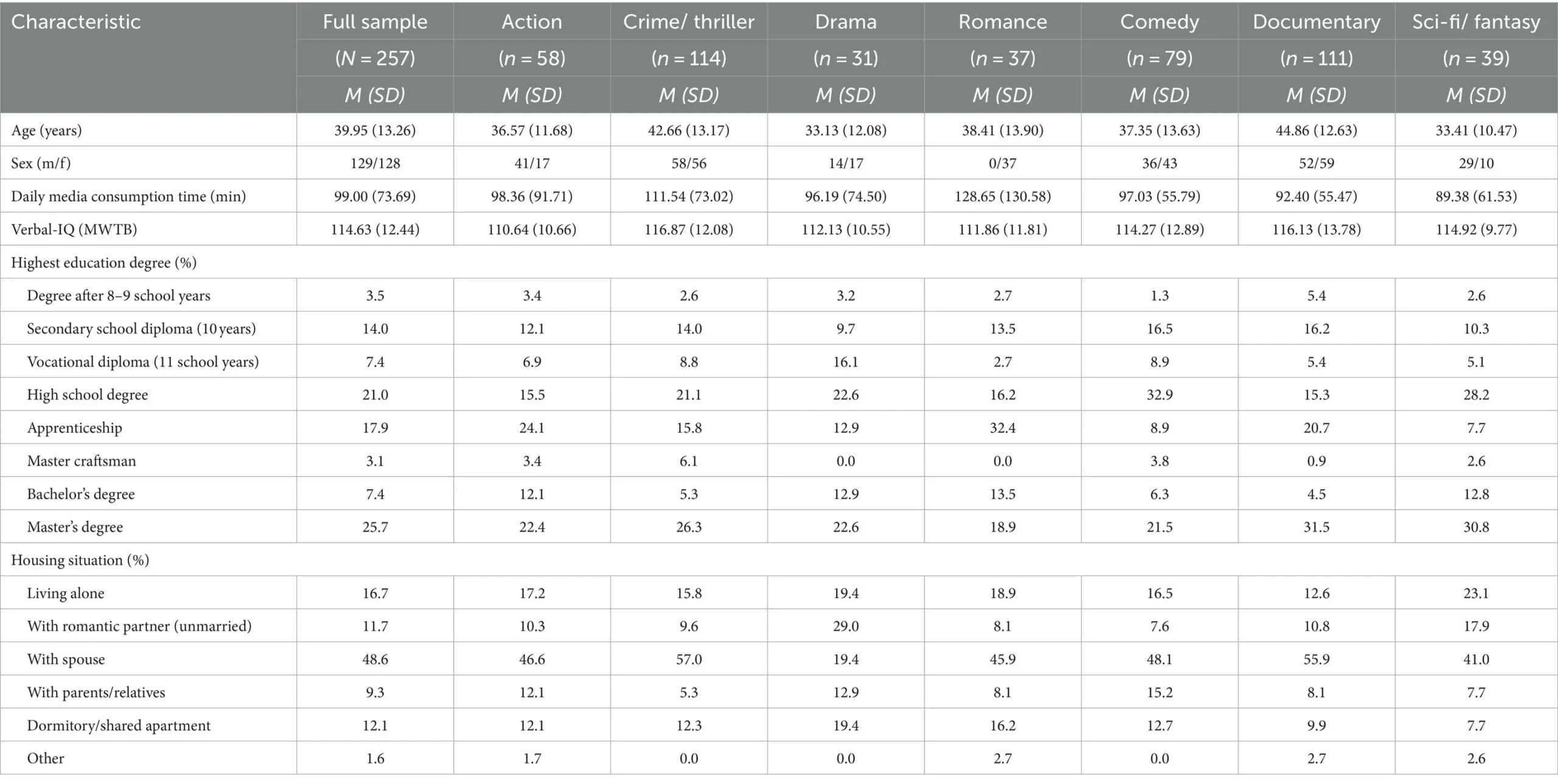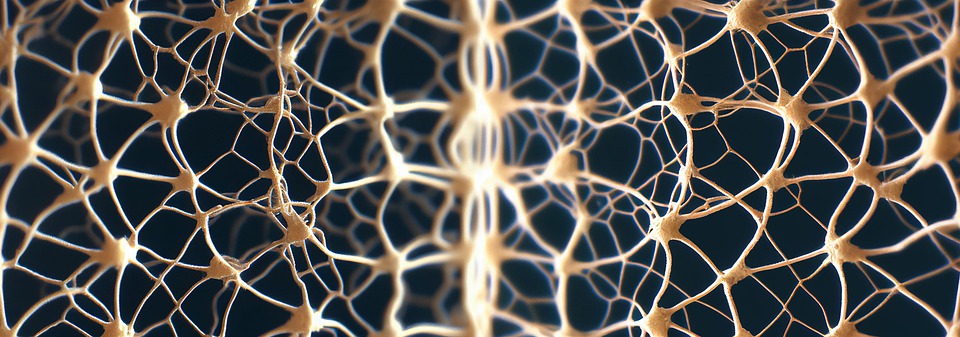Since their debut in the late 19th century, movies have captivated audiences worldwide, transforming from simple silent films to today’s expansive cinematic universes and digital streaming platforms. By 2019, the global theatrical and home entertainment markets exceeded $100 billion in revenue, a testament to cinema’s universal appeal. Services like Netflix and Amazon Prime Video, boasting over 400 million combined subscribers, further underscore the enduring demand for storytelling through film. But what makes movies so enthralling? The answer lies in their profound emotional impact and the intricate ways they engage our minds and emotions.
How Movies Mimic Real-Life Emotions
Early 20th-century psychologist Hugo Münsterberg was among the first to explore the emotional power of cinema, arguing that movies aim primarily to evoke emotions. This idea remains central to understanding their impact. Films are not merely passive entertainment; they actively engage our emotions on physiological, behavioral, and neurological levels. Changes in heart rate, facial expressions, and even brain activity illustrate how deeply movies resonate with us.
Different genres elicit unique emotional experiences, often defined by the type and intensity of emotions they evoke. Comedies and romances tend to generate feelings of joy and affection, while thrillers and horror films provoke fear or suspense by tapping into primal survival instincts. Even documentaries, often perceived as neutral, can evoke powerful emotions through compelling narratives or imagery.
Movies have a unique ability to evoke emotions that mirror real-life experiences. This emotional resonance is achieved through complex brain processes. Action films, for instance, activate the amygdala, a brain region responsible for processing fear and anger, engaging our fight-or-flight instincts. In contrast, dramas and comedies stimulate the neocortex, the part of the brain responsible for complex, socially driven emotions like empathy and joy.
Interestingly, genres associated with negative emotions, such as horror or tragedy, remain immensely popular. This raises a fascinating question: Why do people seek out films that evoke fear, sadness, or anger? The answer lies in the concept of “meta-emotions.”

Meta-Emotions: Enjoying the Uncomfortable
Meta-emotions are secondary emotional responses to primary emotions. For example, feeling fear during a suspenseful scene can lead to satisfaction when the tension resolves. This secondary emotional reward transforms potentially unpleasant experiences into enjoyable ones.
Studies have shown that meta-emotions significantly influence genre preferences. Viewers who experience positive secondary emotions, such as being moved by a sad film, are more likely to rate the film favorably. Similarly, horror fans often report enjoyment after experiencing intense fear, creating a feedback loop that reinforces their preference for the genre. Positive aesthetic emotions, like suspense and excitement, also contribute to the appeal of films that evoke discomforting emotions. The resolution of tension in a thriller, for instance, delivers a powerful emotional payoff, making the experience fulfilling and engaging.
The Neurological Basis of Movie Preferences
Recent neuroscience research has delved into the brain’s role in shaping movie preferences. A study by Martin Luther University Halle-Wittenberg examined the brain activity of 257 participants to explore the connection between emotional processing and genre preferences. Using functional magnetic resonance imaging (fMRI), researchers measured responses to emotional stimuli, such as fearful or angry faces.
The study focused on two key brain regions:
- The Amygdala: Processes primal emotions like fear and anger.
- The Nucleus Accumbens: Acts as the brain’s reward center.
Findings revealed that fans of action films and comedies exhibited the strongest reactions in both brain regions, suggesting a heightened sensitivity to emotional stimuli. These viewers find the intensity of these genres particularly rewarding. In contrast, fans of crime thrillers and documentaries showed lower brain activity in response to emotional stimuli, indicating a preference for intellectually stimulating rather than emotionally overwhelming content.
Psychologist Esther Zwiky, a lead researcher in the study, noted, “Films are fascinating because they not only depict every human emotion but also evoke them. Negative emotions, such as anger or fear, play a central role in many films.” According to Zwiky, people choose genres that optimally stimulate their brains, reflecting their unique emotional and intellectual needs.
For example:
- A highly reactive amygdala may predispose individuals to enjoy horror or action films.
- Variations in the nucleus accumbens’ activity could explain why some people prefer suspenseful dramas, while others are drawn to documentaries.
These findings highlight how movie preferences are not just personal or cultural but deeply rooted in neurobiology. The interplay between a viewer’s emotional responses and their brain’s reward system determines the appeal of specific genres.

The emotional engagement offered by films extends beyond entertainment. Movies can foster empathy, provoke thought, and even inspire action. By reflecting diverse human experiences, cinema has the power to bridge cultural divides and encourage understanding.
Moreover, the connection between emotional responses and movie preferences provides valuable insights into how humans process emotions and seek gratification through art. Whether you’re drawn to the adrenaline rush of action sequences, the suspense of thrillers, or the intellectual depth of documentaries, your cinematic choices reveal how your brain engages with the world.





